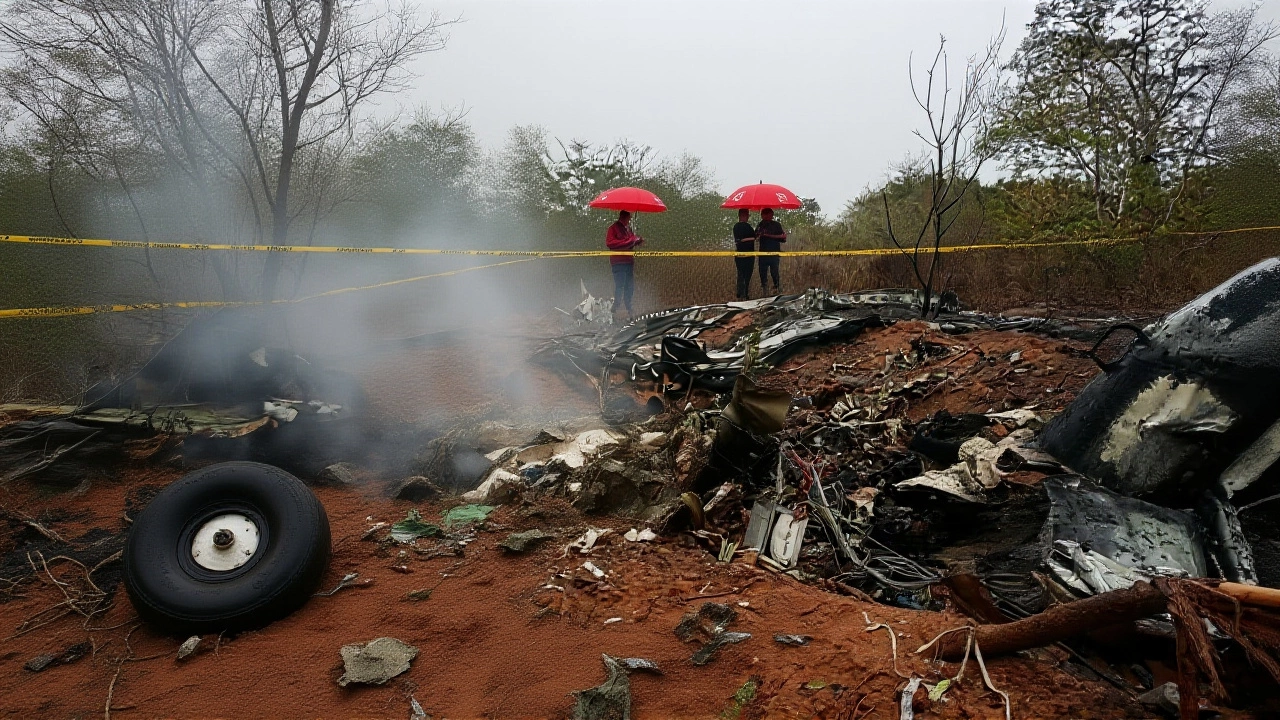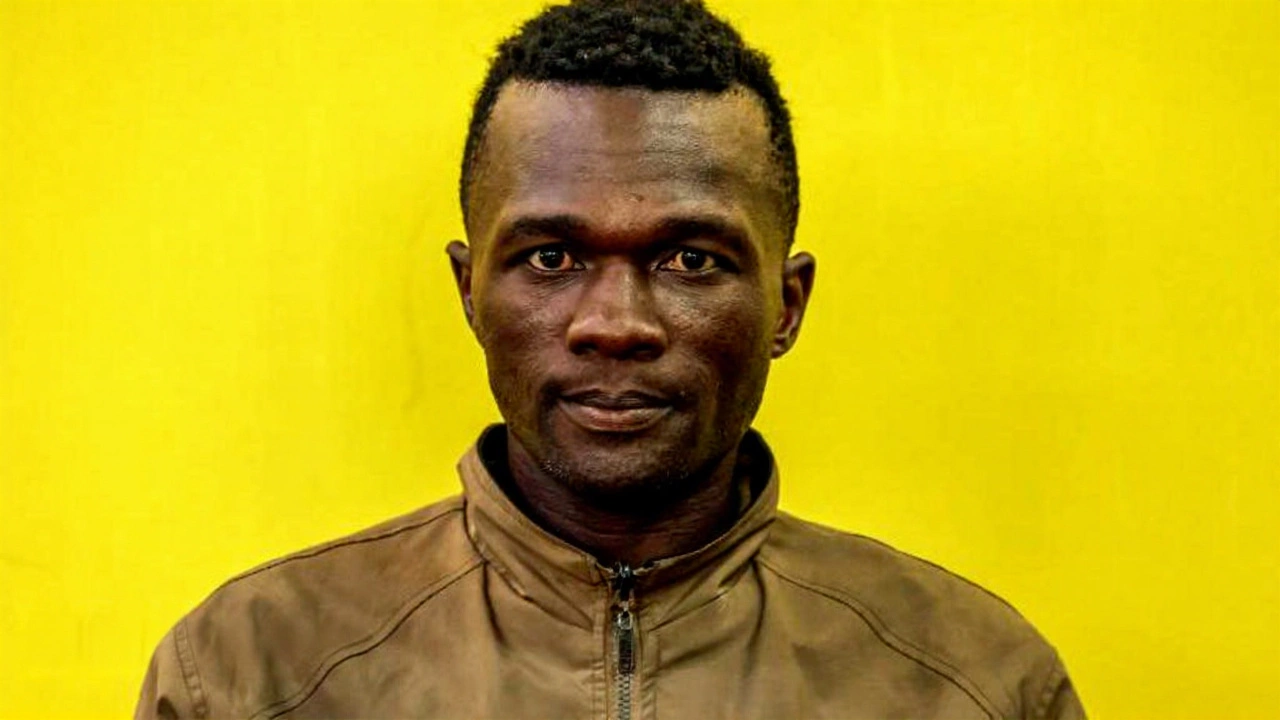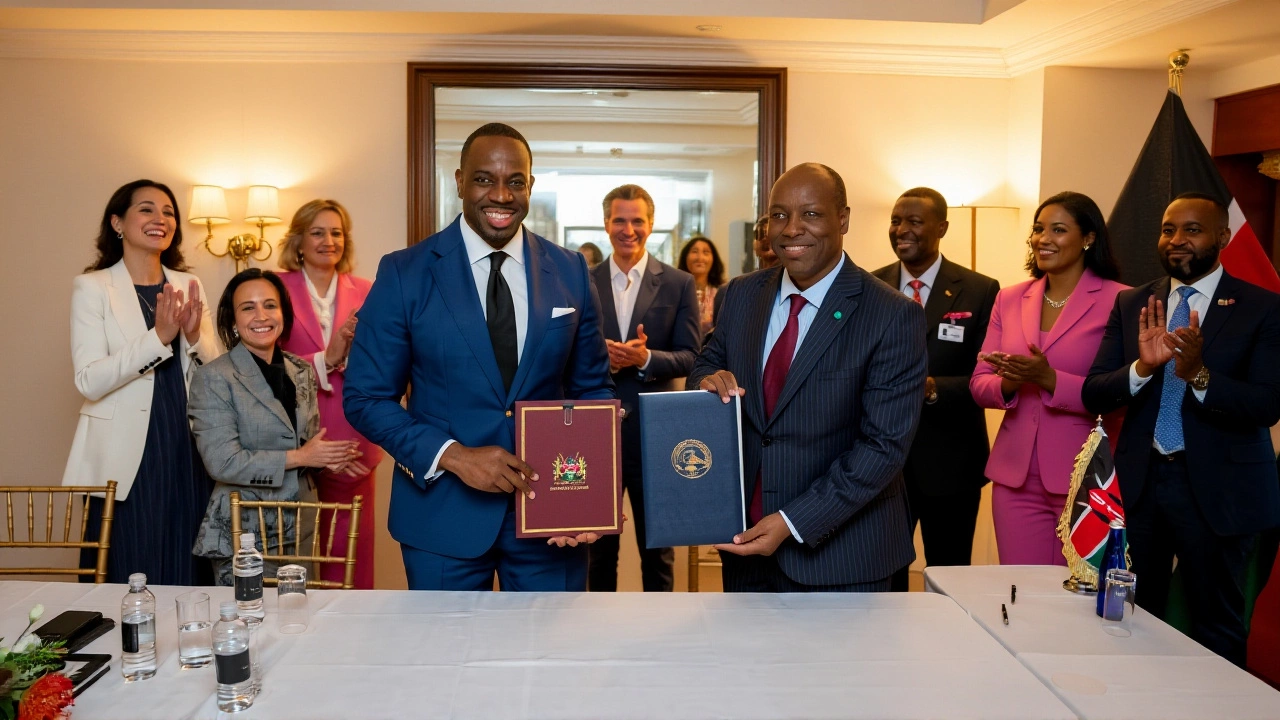On September 24, 2025, under the vaulted ceilings of the United Nations Headquarters in New York City, Gavin Newsom and William Ruto didn’t just shake hands—they sealed a new chapter in global climate diplomacy. The New York signing of a Memorandum of Understanding between California and Kenya was more than symbolism. It was a direct challenge to the inertia of federal inaction, and a bold bet that subnational governments can drive the world forward when nations stall.
A Partnership Born in the Dust of Kibera
This isn’t the first time California and Kenya have talked. Back in August 2025, a delegation led by Newsom’s top transportation and energy officials—Toks Omishakin, Noemí Gallardo, and Samuel Assefa—traveled to Nairobi. They didn’t just meet in boardrooms. They walked through Kibera, Africa’s largest informal settlement, where women use solar lamps powered by microfinance loans to light their homes after dark. They sat with engineers at IBM Research-Africa, where AI models predict traffic congestion using mobile data. They watched the sun rise over Nairobi National Park, where lions and matatus (minibuses) share the same roadside."Africa’s growth is inevitable—and California must be at the table," said Omishakin, bluntly. And now, they are.
What’s in the Agreement?
The MOU isn’t a treaty. It’s intentionally flexible. But its goals are precise:- Reduce air pollution and carbon emissions through coordinated policy
- Accelerate low-carbon transportation—especially electric motorcycles, which Kenya aims to make up 30% of its fleet by 2027
- Share research on sustainable urban planning to cut long commutes and sprawl
- Boost mutually beneficial trade in green tech, clean energy, and circular economy solutions
- Launch public-private partnerships in clean mobility and land use innovation
California State Transportation Agency and Kenya’s Ministry of Investment, Trade and Industry are the anchors. But the real engine? The UC Davis Institute of Transportation Studies. Already serving as Secretariat, it launched the Africa Clean Transportation (ACT) Initiative in Nairobi in August—setting up a Centre of Excellence with African universities to fast-track zero-emission mobility policies.

Why This Matters Beyond Borders
Kenya’s 32% GHG reduction target by 2030 under the Paris Agreement is ambitious. But without investment and tech transfer, it’s just a number on paper. California, meanwhile, has one of the world’s largest economies—bigger than most countries—and has already cut emissions 15% since 2004 while growing its GDP by over 40%. This isn’t charity. It’s strategy."We’re not asking Kenya to wait for Europe or the U.S. to lead," said President Ruto during the signing. "We’re building our future together. California is the wealthiest state in the U.S.—and now, it’s choosing to share its innovation, not just its capital."
That’s the twist: This isn’t a donor-recipient relationship. It’s a peer exchange. Kenya’s mobile money infrastructure, which powers 80% of its population, could inform California’s next-generation transit payment systems. California’s electric vehicle charging standards could help Kenya scale its charging network faster than any African nation has done before.
What Comes Next?
Later this fall, Gary S. May, chancellor of UC Davis, will lead a delegation to Kenya to finalize joint research projects. Expect pilot programs: solar-powered charging hubs in Nairobi’s informal settlements, AI-driven traffic optimization in Mombasa, and training programs for Kenyan engineers at UC Davis.Meanwhile, California is quietly building a network: this MOU follows its climate pact with Brazil announced just days earlier during Climate Week. The message is clear: when Washington sleeps, California wakes up—and reaches across oceans.

Why Not a Treaty?
The choice of an MOU over a binding treaty is deliberate. It allows both sides to move quickly, adjust targets, and bring in private investors without bureaucratic gridlock. It also sidesteps the U.S. Senate’s approval process—something no state-level climate deal has ever navigated. In essence, it’s federalism with global ambition."It’s not about replacing national governments," said Dr. Lena Njoroge, a climate policy analyst at the University of Nairobi. "It’s about filling the gaps. When national policy lags, cities and states become the new diplomats."
Frequently Asked Questions
How will this partnership affect everyday people in Kenya?
The partnership targets affordable, clean mobility—like electric motorcycles, which could cut fuel costs for 70% of Kenyan commuters who rely on matatus. With UC Davis helping design charging infrastructure and financing models, families in Kibera and Mombasa could save up to $200 annually on transport. Solar-powered streetlights and water pumps funded through public-private deals may also reduce daily energy expenses in informal settlements.
What’s the role of UC Davis in this partnership?
UC Davis serves as the technical Secretariat and launched the Africa Clean Transportation (ACT) Initiative in Nairobi. It’s coordinating research with African universities, training engineers, and designing policy frameworks for zero-emission transit. The university’s expertise in EV adoption and urban mobility modeling will directly inform Kenya’s National Electric Mobility Policy, helping ensure targets like 30% e-motorcycles by 2027 are realistic and achievable.
Why did California choose Kenya over other African nations?
Kenya has one of Africa’s most advanced clean energy and fintech ecosystems, with over 80% mobile money penetration and a functional national electric mobility policy. Its political stability and openness to innovation made it a natural partner. California’s August 2025 visit revealed Kenya’s readiness to scale—unlike many nations still drafting policies. Kenya also has strong ties to the Bay Area Council, which helped broker the initial dialogue.
Could this model work with other U.S. states or African countries?
Absolutely. New York and Washington are already exploring similar ties with Ghana and Rwanda. The California-Kenya model proves that state-level climate diplomacy can bypass federal gridlock and deliver tangible results. What’s replicable is the structure: joint field visits, tech transfer through universities, and clear focal agencies—not vague declarations. If Texas partners with Nigeria on solar microgrids, or Oregon with Ethiopia on sustainable forestry, it’s now a proven playbook.
What’s the economic impact expected from this deal?
Initial estimates suggest the partnership could unlock $2.3 billion in private investment over five years, mostly in clean transportation and renewable energy. California-based companies like Tesla, Rivian, and ChargePoint are already in talks to pilot charging networks in Nairobi. Meanwhile, Kenyan startups like M-KOPA and SolarNow could gain access to California’s venture capital networks, creating a two-way flow of innovation and capital.
How does this challenge traditional international climate diplomacy?
It bypasses the slow, consensus-driven UN process by leveraging subnational power. California’s economy rivals Germany’s; Kenya’s climate policy is more aggressive than Canada’s. Together, they’re proving that climate leadership doesn’t require a national flag—it requires political will, technical capacity, and the courage to act when others wait. This is diplomacy from the ground up, not the top down.

Tulis komentar